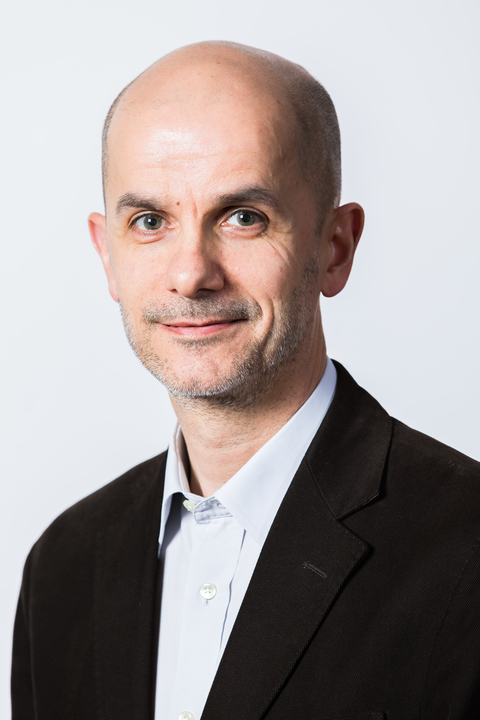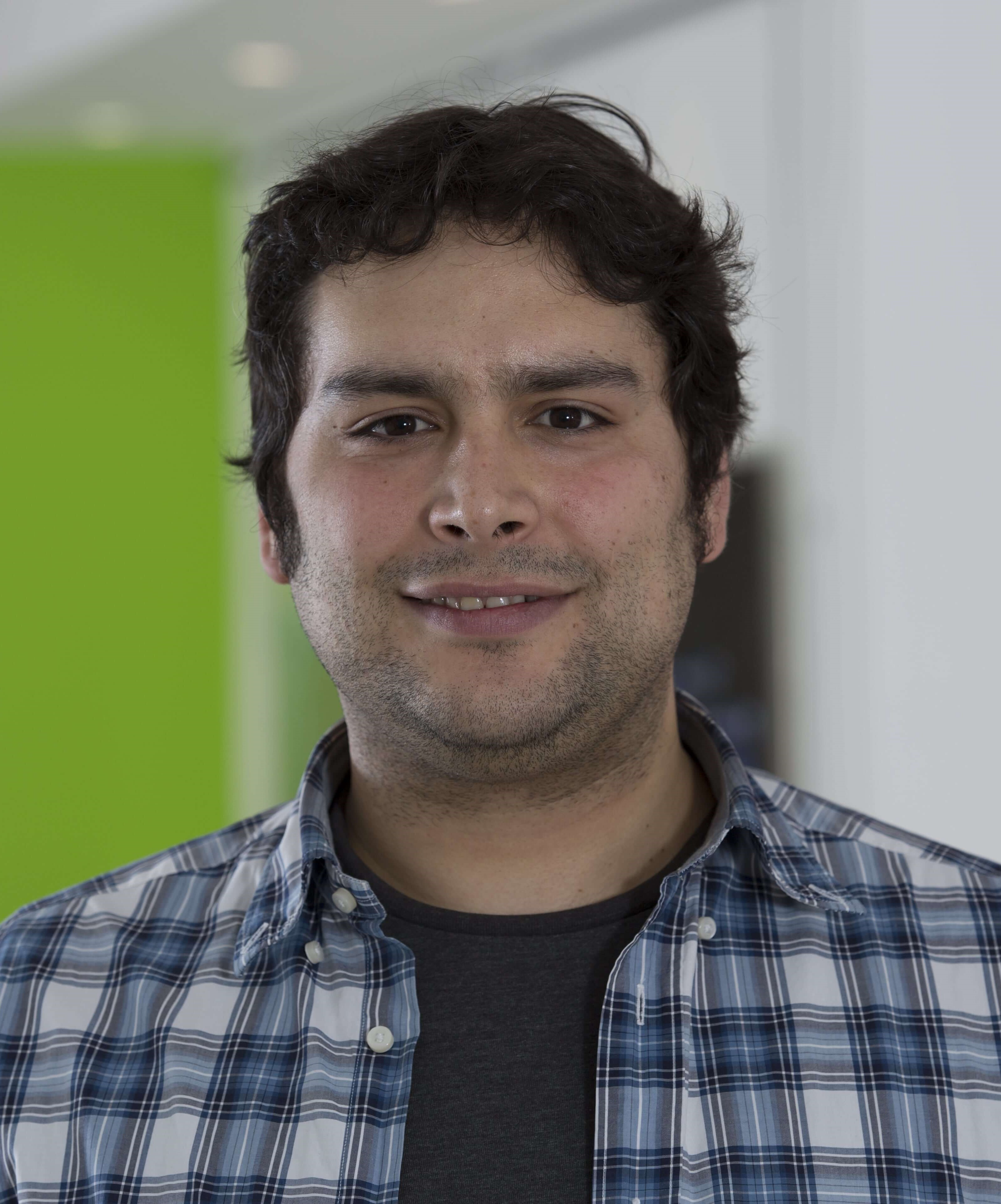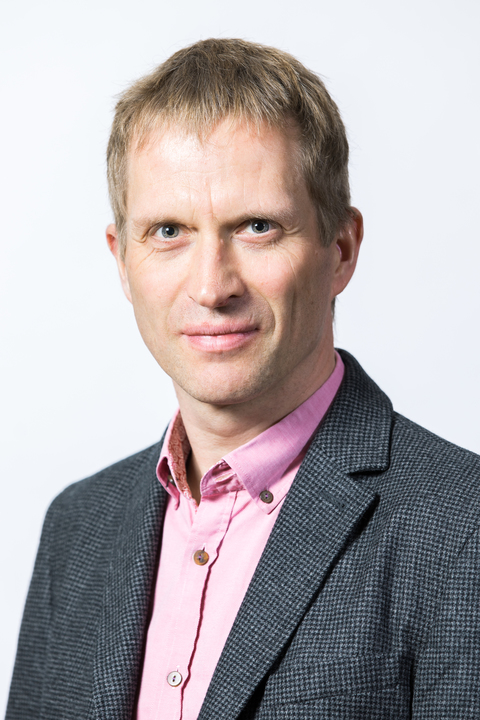
Infrastructure and Environment

Mechanical Engineer and academic since 1993. Chair of Impulsive Dynamics and Head of Mechanical Engineering at The University of Edinburgh (UK). Author of over 250 technical/scientific and pedagogical publications, including more than 70 in international peer-reviewed journals.
Co-founder of the Light-Weight Armour for Defence & Security group (LWAG) and president of LWAG from 2008 to 2012. Director of Mechanical Engineering (School of Engineering, The University of Edinburgh) from 2021 to 2024. Member of the Institute for Infrastructure and Environment (IIE) and of the Centre for Science at Extreme Conditions (CSEC). Member of the Royal Photographic Society (RPS), Chartered Engineer (CEng) and Fellow of the Institute of Mechanical Engineers (FIMechE).
- Hab, University of Aveiro (Portugal), 2009
- PhD, University of Coimbra (Portugal), 2000
- MSc, University of Coimbra (Portugal), 1995
- MEng, University of Coimbra (Portugal), 1992
- CEng FIMechE: Fellow of the IMechE (Institution of Mechanical Engineers)
- Member of the Royal Photographic Society (RPS)
- Dynamics 4 (MECE10002)
- MEng/BEng Dissertations
Research interests focus on understanding the behaviour of materials and structures under impulsive and dynamic loads, and improving their response through better energy absorption mechanisms at different scales, in areas as diverse as the built environment, transport systems, aerospace structures and the human body. Research primarily combines numerical, experimental and analytical/theoretical approaches and methods in impulsive/structural dynamics; materials for energy absorption; protection and armour systems; sports impact and human bio-dynamics; crashworthiness; terminal ballistics, blast and shock wave dynamics, hypervelocity impact and extreme strain rates.
- Impulsive and structural dynamics
- Terminal ballistics and blast-waves
- Structural impact and crashworthiness
- Armour and protection systems
- Computational Mechanics

Mechanical Engineer and academic since 1993. Chair of Impulsive Dynamics and Head of Mechanical Engineering at The University of Edinburgh (UK). Author of over 250 technical/scientific and pedagogical publications, including more than 70 in international peer-reviewed journals.
Co-founder of the Light-Weight Armour for Defence & Security group (LWAG) and president of LWAG from 2008 to 2012. Director of Mechanical Engineering (School of Engineering, The University of Edinburgh) from 2021 to 2024. Member of the Institute for Infrastructure and Environment (IIE) and of the Centre for Science at Extreme Conditions (CSEC). Member of the Royal Photographic Society (RPS), Chartered Engineer (CEng) and Fellow of the Institute of Mechanical Engineers (FIMechE).
- Hab, University of Aveiro (Portugal), 2009
- PhD, University of Coimbra (Portugal), 2000
- MSc, University of Coimbra (Portugal), 1995
- MEng, University of Coimbra (Portugal), 1992
- CEng FIMechE: Fellow of the IMechE (Institution of Mechanical Engineers)
- Member of the Royal Photographic Society (RPS)
- Dynamics 4 (MECE10002)
- MEng/BEng Dissertations
Research interests focus on understanding the behaviour of materials and structures under impulsive and dynamic loads, and improving their response through better energy absorption mechanisms at different scales, in areas as diverse as the built environment, transport systems, aerospace structures and the human body. Research primarily combines numerical, experimental and analytical/theoretical approaches and methods in impulsive/structural dynamics; materials for energy absorption; protection and armour systems; sports impact and human bio-dynamics; crashworthiness; terminal ballistics, blast and shock wave dynamics, hypervelocity impact and extreme strain rates.
- Impulsive and structural dynamics
- Terminal ballistics and blast-waves
- Structural impact and crashworthiness
- Armour and protection systems
- Computational Mechanics

- PgDip in Academic Practice, University of Strathclyde (UK), 2019
- PhD in Mechanical Engineering , University of Strathclyde (UK), 2016
- MSc in Advanced Structural Engineering, Edinburgh Napier University (UK), 2012
- BEng in Mechanical Engineering, Technical University of Madrid (Spain), 2006
- Chartered Engineer, MIMechE
- IMechE - Member of the Edinburgh and South & East Scotland Committee
- Fellow of The Higher Education Academy, FHEA
- Structural Mechanics and Dynamics 3 - Laboratory (MECE09036)
- Advanced Dynamics and Applications 5 (MECE11014)
- Engineering Research Methods with Grand Challenge (PGEE11195)
- Mechanical Engineering MEng Individual Project 5 (MECE11006)
- BEng Mechanical Engineering Project 4 (MECE10008)
- Structural dynamics
- Engineering vibrations
- Structural health monitoring

- PgDip in Academic Practice, University of Strathclyde (UK), 2019
- PhD in Mechanical Engineering , University of Strathclyde (UK), 2016
- MSc in Advanced Structural Engineering, Edinburgh Napier University (UK), 2012
- BEng in Mechanical Engineering, Technical University of Madrid (Spain), 2006
- Chartered Engineer, MIMechE
- IMechE - Member of the Edinburgh and South & East Scotland Committee
- Fellow of The Higher Education Academy, FHEA
- Structural Mechanics and Dynamics 3 - Laboratory (MECE09036)
- Advanced Dynamics and Applications 5 (MECE11014)
- Engineering Research Methods with Grand Challenge (PGEE11195)
- Mechanical Engineering MEng Individual Project 5 (MECE11006)
- BEng Mechanical Engineering Project 4 (MECE10008)
- Structural dynamics
- Engineering vibrations
- Structural health monitoring

My name is Frédéric Bosché. Following a PhD in Civil Engineering at the University of Waterloo (Canada), I worked for 2 years as researcher in the Computer Vision Laboratory at ETH Zurich, before becoming Assistant Professor in Construction Informatics at Heriot-Watt University. In 2019, I joined the University of Edinburgh where I was first Senior Lecturer and now Reader in Construction Informatics. I teach on Engineering Project Management, Digital Construction and some Surveying. I also lead the CyberBuild Lab that delivers research and innovation in related areas.
- PG-Cert. Academic Practice, Heriot-Watt University (UK), 2013.
- Ph.D. Civil Engineering, University of Waterloo (Canada), 2008.
- M.Sc. Construction Engineering and Project Management, Univ. of Texas at Austin (USA), 2003.
- M.Eng. Engineering, Ecole Centrale de Lille (France), 2003.
- Associate Editor fo the Journal of Information Technology in Construction.
- Executive Committee Member and Past President (2019-2022) of the International Association for Automation and Robotics in Construction (IAARC).
- Member and Past Chair (2019-2022) of the Modelling and Standards Committee of the European Council on Computing in Construction (EC3).
- Associate Editor of
- Former Associate Editor and now Editorial Board Member of Automation in Construction (Elsevier). Editorial Board Member of Advanced Engineering Informatics (Elsevier).
- Innovation Champion for Construction Scotland Innovation Centre (CSIC).
- Member of European Group for Intelligent Computing in Engineering (EG-ICE).
- Engineering Project Management 4
- Digital Construction 4
- Surveying
Beside their academic and industrial impact, these projects have also given my CyberBuild Lab colleagues and I the opportunity and joy to engage in numerous public engagement activities from school career fairs to events at the Glasgow Science Museum and the Edinburgh International Science Festival.

My name is Frédéric Bosché. Following a PhD in Civil Engineering at the University of Waterloo (Canada), I worked for 2 years as researcher in the Computer Vision Laboratory at ETH Zurich, before becoming Assistant Professor in Construction Informatics at Heriot-Watt University. In 2019, I joined the University of Edinburgh where I was first Senior Lecturer and now Reader in Construction Informatics. I teach on Engineering Project Management, Digital Construction and some Surveying. I also lead the CyberBuild Lab that delivers research and innovation in related areas.
- PG-Cert. Academic Practice, Heriot-Watt University (UK), 2013.
- Ph.D. Civil Engineering, University of Waterloo (Canada), 2008.
- M.Sc. Construction Engineering and Project Management, Univ. of Texas at Austin (USA), 2003.
- M.Eng. Engineering, Ecole Centrale de Lille (France), 2003.
- Associate Editor fo the Journal of Information Technology in Construction.
- Executive Committee Member and Past President (2019-2022) of the International Association for Automation and Robotics in Construction (IAARC).
- Member and Past Chair (2019-2022) of the Modelling and Standards Committee of the European Council on Computing in Construction (EC3).
- Associate Editor of
- Former Associate Editor and now Editorial Board Member of Automation in Construction (Elsevier). Editorial Board Member of Advanced Engineering Informatics (Elsevier).
- Innovation Champion for Construction Scotland Innovation Centre (CSIC).
- Member of European Group for Intelligent Computing in Engineering (EG-ICE).
- Engineering Project Management 4
- Digital Construction 4
- Surveying
Beside their academic and industrial impact, these projects have also given my CyberBuild Lab colleagues and I the opportunity and joy to engage in numerous public engagement activities from school career fairs to events at the Glasgow Science Museum and the Edinburgh International Science Festival.

- PhD, The University of Cambridge, 2000
- MEng, Jesus College, The University of Cambridge, 1996
- MA(Cantab), Jesus College, The University of Cambridge
MIStructE, CEng
Advanced Composite Structures
Fibre Reinforced Polymers (FRPs) such as carbon, aramid and glass FRPs are being increasingly used in construction. These advanced composites can be used in combination with traditional construction materials, or to form structures in their own right. Of particular importance with FRP materials are the methods of forming joints.
Adhesively Bonded Joints
The structural use of FRPs usually involves adhesive joints. These might be between two pieces of FRP (eg: in an all-FRP bridge deck), or where the FRP is bonded to another material (eg: FRP strengthening of a metallic beam or FRP reinforcement inside concrete). These bonded connections require proper design, both mechanically and to ensure their durability.
Externally Bonded FRP Strengthening
Metallic, concrete and masonry structures can be strengthened by bonding FRP to their external surfaces. FRP can be used to strengthen a wide variety of structural elements (eg: bridge columns and decks and floor slabs). FRP is particularly beneficial where time or space constraints govern a strengthening scheme.
Concrete Reinforced using FRP
FRP materials can be used to reinforce structural concrete. They are most likely to be used for their corrosion restance (eg: marine environments) or near electromagnetically sensitive equipment. However, replacing ductile steel rebar with brittle FRP reinforcement requires traditional concrete design techniques to be revised.
Shear in Concrete with Brittle Reinforcement
Stability of Long Precast Concrete Beams
- Experimental structures research
- Structural response in fire
- FRP composite materials for structural engineering
- Externally bonded strengthening and repair using FRP
- Shear in concrete with brittle (FRP) reinforcement
- Structural Analysis and Design
